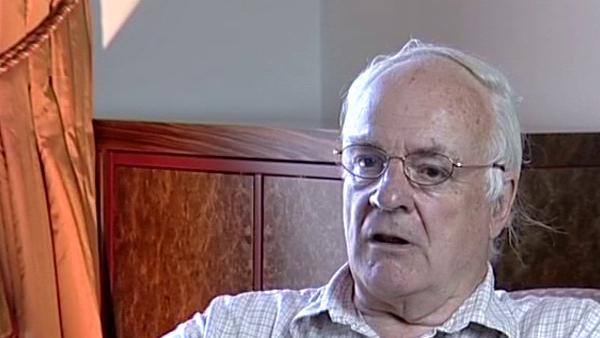NEXT STORY

Why science in Germany is so good
RELATED STORIES

NEXT STORY

Why science in Germany is so good
RELATED STORIES


|
Views | Duration | |
|---|---|---|---|
| 81. Tumour immunology | 70 | 01:39 | |
| 82. The future for immunology | 67 | 01:55 | |
| 83. Education is the key | 55 | 01:20 | |
| 84. The asthma epidemic and regulation | 45 | 02:31 | |
| 85. Sir David Lane | 104 | 03:11 | |
| 86. The move to Germany | 68 | 02:45 | |
| 87. The state of science in Germany | 54 | 03:47 | |
| 88. The research group in Germany | 44 | 03:27 | |
| 89. The importance of the stregth of signal view | 43 | 04:38 | |
| 90. MHC | 48 | 01:56 |


Avrion Mitchison, the British zoologist, is currently Professor Emeritus at University College London and is best known for his work demonstrating the role of lymphocytes in tumour rejection and for the separate and cooperative roles of T- and B-lymphocytes in this and other processes.
Title: MHC
Listeners: Martin Raff
Martin Raff is a Canadian-born neurologist and research biologist who has made important contributions to immunology and cell development. He has a special interest in apoptosis, the phenomenon of cell death.
Duration: 1 minute, 57 seconds
Date story recorded: June 2004
Date story went live: 29 September 2010